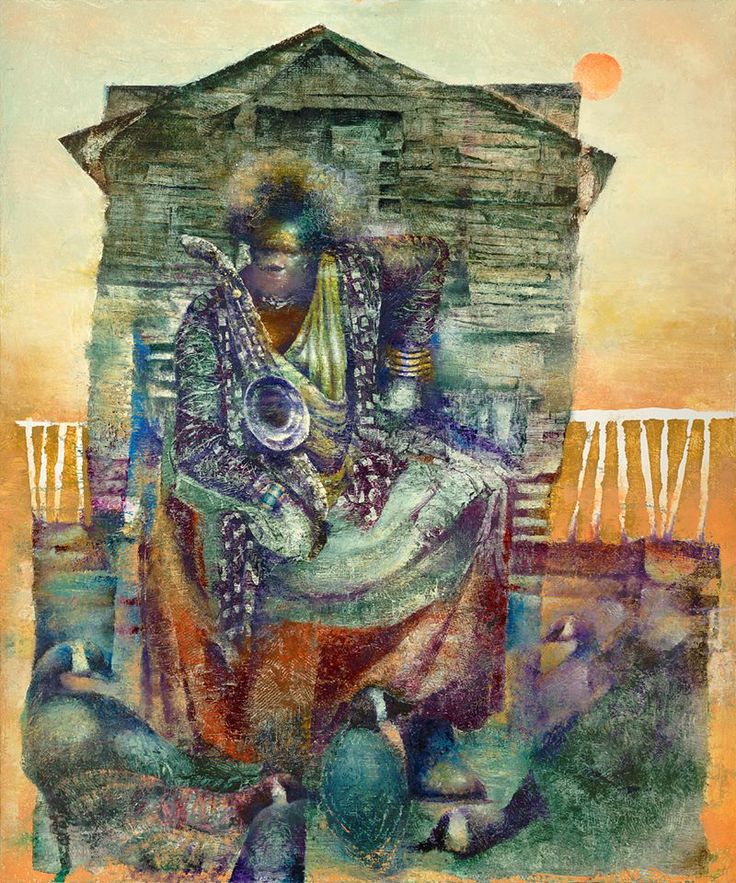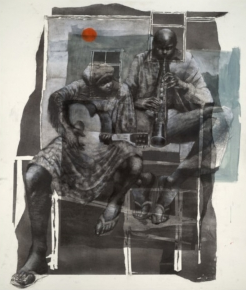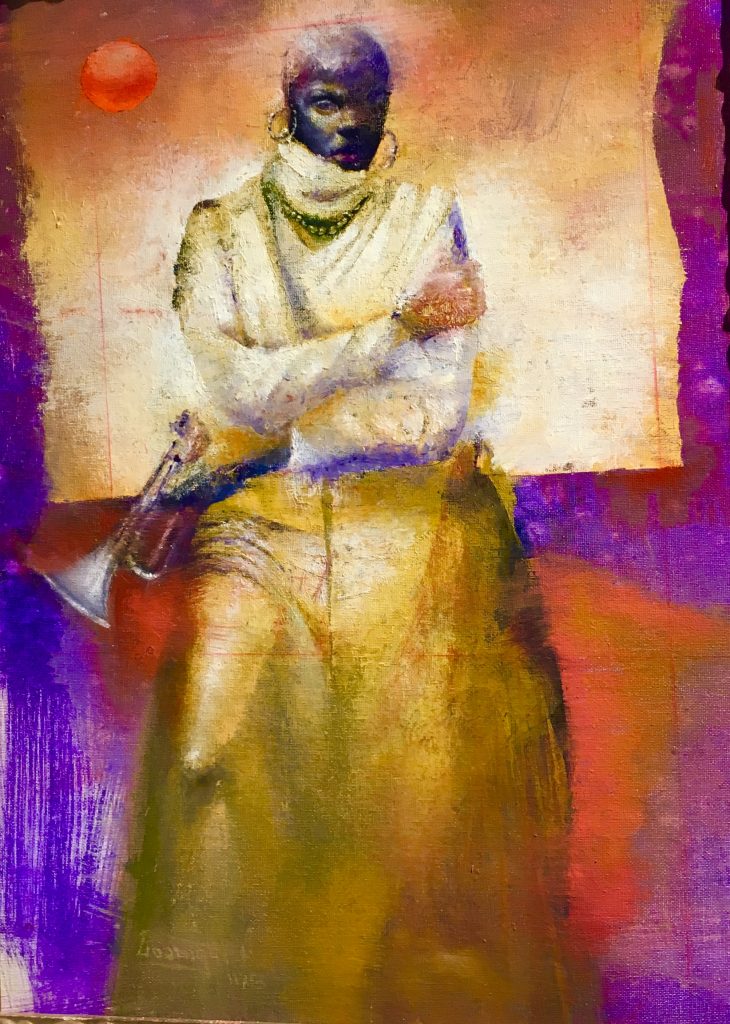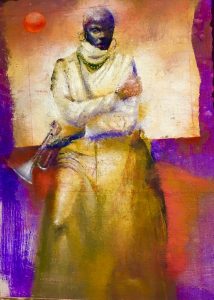Given Paul Goodnight’s international stature, it’s difficult to understand the lack of fanfare and the dearth of coverage he receives when his work is exhibited at Rosemary Tracy Woods’ Art for The Soul Gallery in Springfield.
Since 1984, Goodnight’s work has been awarded and acquired by scores of individuals, institutions, and museums, including The Smithsonian American Art Museum. He has also exhibited at the Boston Museum of Fine Art, The Museum of the National Center of African American Artists and The Schomburg in New York City.
Fortunately for us, Art for the Soul is hosting Goodnight’s exhibit From Imagination to Application, a collection of his paintings and graphite drawings. Goodnight also shares his platform with two very talented emerging artists, Ekua Holmes and Laurence Martin Pierce, both from Greater Boston.
Located on the second floor of Tower Square, Woods established Art for the Soul to bring art to under served communities and also to advocate for artists of color like Goodnight.
“I hold in very high regard … Paul Goodnight, Frank Frazier… Leroy Campbell …. They’re great artists, but they don’t get the chances that a white artist will get to exhibit their work.”
Goodnight’s paintings are haunting – even when his subjects are partaking in what is joyous. Reflecting the experiences of the black diaspora, Goodnight’s painting are palpably emotional. From women in repose to pedestrians in motion, the artist’s dreamy colors and lush brush strokes cannot escape feelings of transience and uncertainty. In spite of the beauty, Goodnight captures what haunts us – and perhaps himself.
Paul Goodnight, born in Chicago, was raised in foster care in Boston. After returning from a horrific 2 year tour of duty in Vietnam, he lost the ability to speak. Painting became his only expression until he regained his voice.
The fruits of his ardent study under the tutelage of famed African-American artist John Biggers, a lifetime of dedication, and just plain genius is on full display is this collection, Imagination to Application. It is masterful, for he has the gift of capturing motion through lines and swatches of vibrant colors that seamlessly unite figures and environment. In others works, Goodnight combines multiple figures, creating a silent cacophony. It can only be described as a static dynamism that moves from one painting to the next, creating a fluid motion picture of color and action.
His graphite images are just as compelling. Relying on the subtlety of shading, hard lines, and one simple blood red dot which represents the sun, Goodnight’s mastery of drafting makes his
subjects’ simple acts nothing short of remarkable.
There is no scarcity in Goodnight’s world; his artistic prolificacy is apparent by the number of pieces in this show. There are no years attributed to his paintings, only title and medium, giving this body of work a timelessness that highlights Goodnight’s professional longevity.
Neither are there gaps in Woods’ presentation; the gallery is impeccably staged to showcase Goodnight’s work. The walls are painted a marine blue-gray to complement and enhance the collection’s palette, and the lighting is perfectly cast to accentuate the vibrancy of his colors.
Goodnight’s genius is unmistakable and he is widely believed to be a living legend. Which, again, makes it difficult, to understand why Springfield’s institutions – cultural or otherwise – have not exhibited or collected his works.
As Woods says, the opportunities of artists of color are limited compared to those of white artists. But with a population that is well over half people of color, it would be a prescient move to embrace artists who better reflect Springfield’s population. A population who, if given a reason, might consume the lion’s share of the city’s cultural offerings.
Gina Beavers can be reached at gbeavers@valleyadvocate.com.






